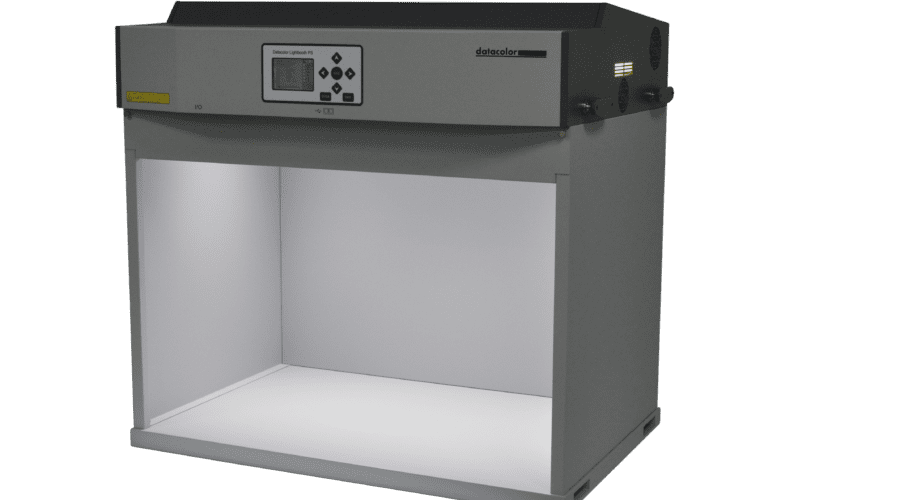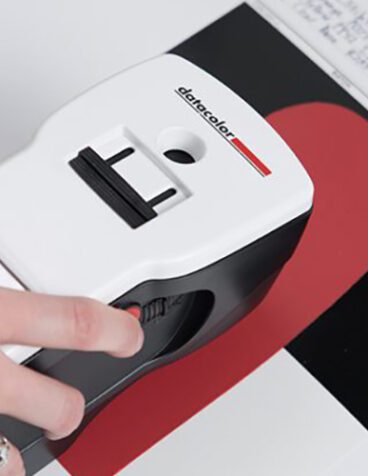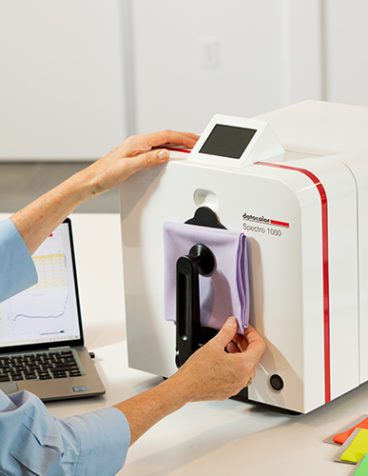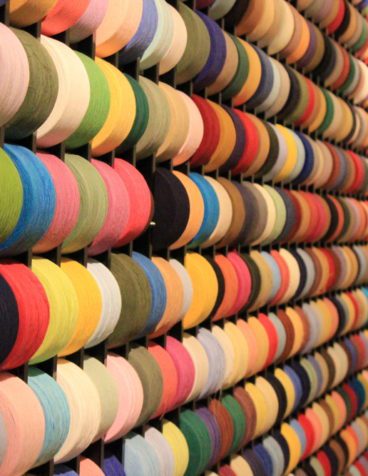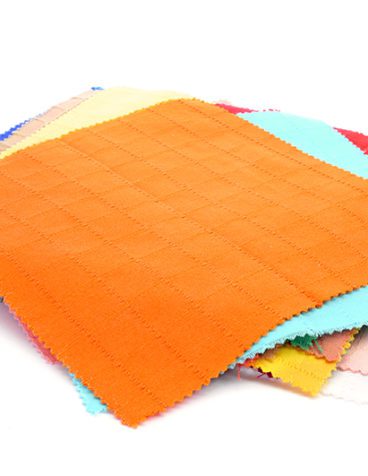Choosing the Right Light Booth Background: Munsell N5 vs Munsell N7
In color evaluation, every detail matters—especially the environment where colors are assessed. Light booths are essential because they provide a controlled setting for precise evaluations. However, one crucial, often overlooked factor is the light booth’s background. A neutral background minimizes distractions, enabling more accurate and consistent color assessments.
A neutral background is important, but how do you choose the right one? When selecting a light booth background, you will often see options like Munsell N5 and Munsell N7. But what’s the difference? Which one is right for your application?
In this article, we’ll cover:
- What the Munsell color system is
- The difference between Munsell N5 and Munsell N7
- Why your light booth background matters
- How to choose the best neutral gray value for your color evaluation needs
What Is the Munsell Color System?
The Munsell color system is a widely recognized method of organizing colors based on three attributes: hue (color), value (lightness), and chroma (intensity). Developed by Albert H. Munsell in the early 1900s, it is still used today for scientific and industrial color control.
A key feature of the Munsell system is the neutral value scale, which represents shades of gray from black (value = 0) to white (value = 10). This scale includes important values like Munsell N5 and Munsell N7, both commonly used in standardized color viewing environments such as light booths.
What Are Munsell N5 and N7?
- Munsell N5: A mid-gray tone with a value of 5 on the Munsell scale. It reflects about 50% of light and is often considered the standard gray for visual color evaluations.
- Munsell N7: A lighter gray tone with a value of 7. It reflects about 70% of light, creating a brighter visual field compared to N5.
Both are achromatic grays, meaning they have no hue (no color tint), which helps minimize background interference during color evaluations.
Munsell N5 vs Munsell N7: What’s the Difference?
The main difference between Munsell N5 and N7 is reflectance: 50 percent for N5 and 70 percent for N7. This difference makes N5 a true mid gray and N7 a slightly lighter gray.
Because N5 sits at the center of the Munsell scale, it is traditionally chosen for general color evaluation and is the standard background for many light booths.
While both provide neutral backgrounds, the choice between N5 and N7 depends on your lighting conditions and the types of colors you are evaluating.
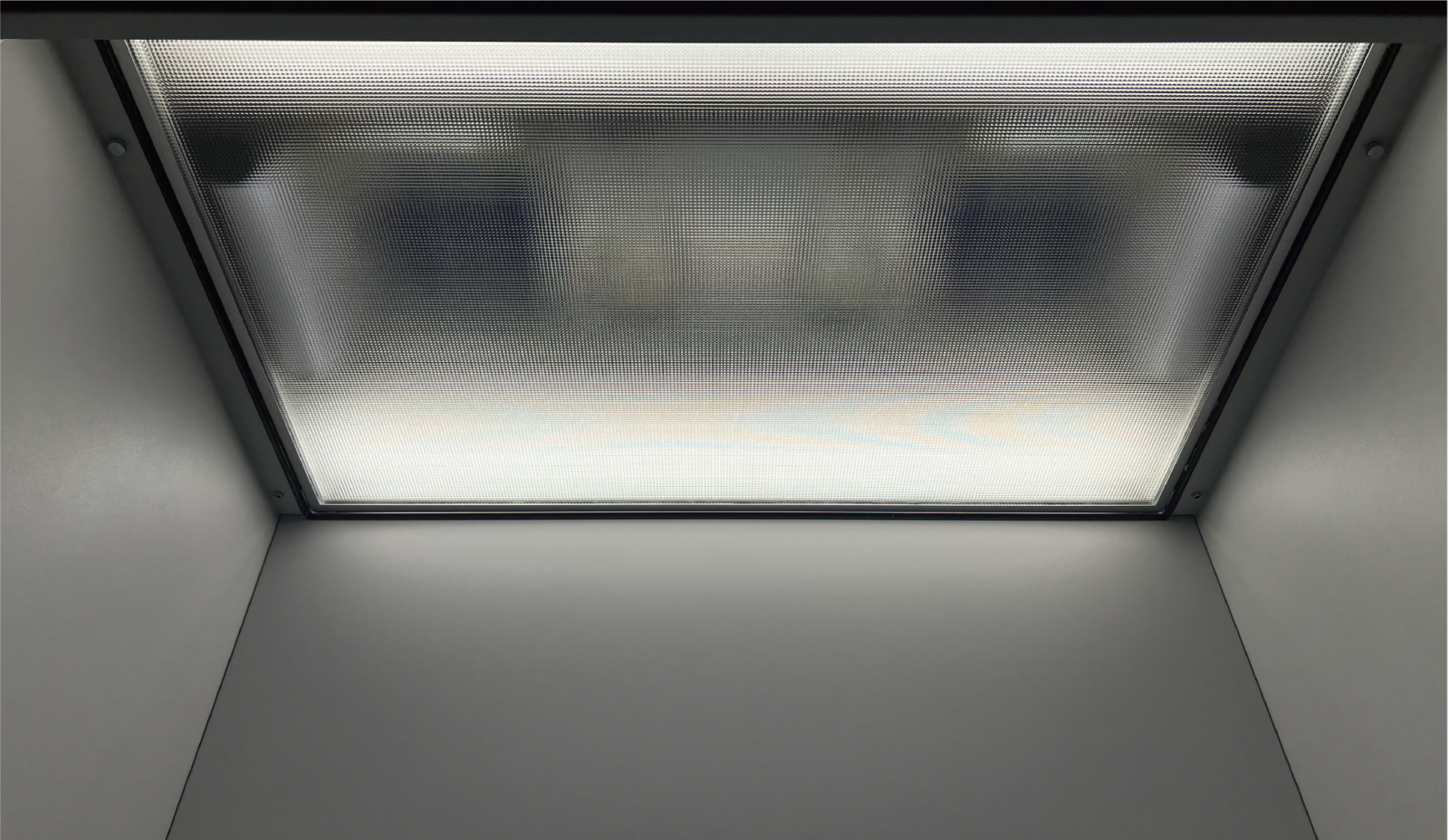
Why Light Booth Backgrounds Matter
A light booth is designed to simulate various lighting conditions to assess color accuracy and consistency across different environments. However, even with advanced lighting, a nonneutral background can distort how colors are perceived.
Using a standardized neutral gray background like Munsell N5 or N7 helps ensure:
- Accurate perception of color without environmental influence
- Consistency in visual evaluations across teams and facilities
- Easier communication of color between suppliers, brands, and manufacturers
Datacolor’s light booths are built to meet industry standards, with the option to use either N5 or N7 backgrounds based on your needs.
Which Munsell Neutral Gray Is Right for Your Light Booth?
Here is how to choose between Munsell N5 and N7 based on your application:
Use Munsell N5 if:
- You need a standardized background suitable for evaluating both light and dark colors.
- Your industry follows legacy standards that specify N5.
- Your color evaluation environment is already calibrated for mid-gray backgrounds.
Use Munsell N7 if:
- You often evaluate darker shades, which stand out more against a lighter background.
- You operate in low-light conditions where a brighter backdrop improves visibility.
- You want to reduce visual fatigue for operators over long sessions.
There’s no universal “best” choice, It depends on your use case and application. Selecting the right neutral gray directly impacts color quality, visual accuracy, and even customer satisfaction.
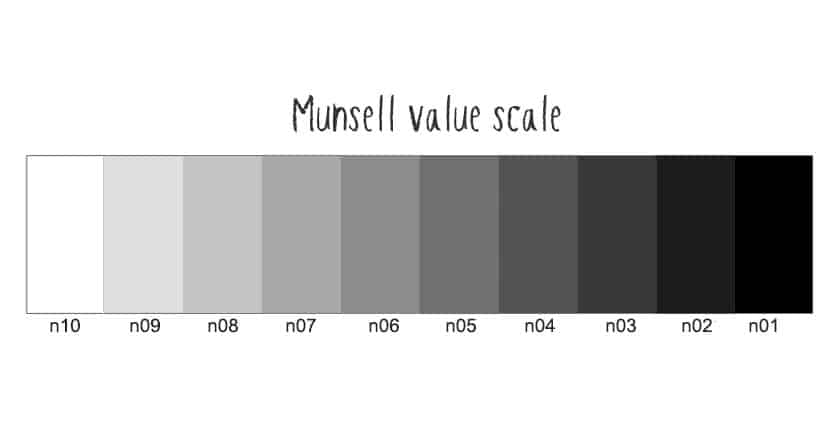
Optimize Your Color Evaluation Process with Datacolor
At Datacolor, we help manufacturers, color managers, and quality control teams create repeatable, accurate color workflows. From precision light booths to education on color management best practices, we’re here to support every step of your color journey.
If you are looking to improve your visual color evaluations, our team can help you select the right light booth background, lighting conditions, and equipment for your specific application.
Final Thoughts
Choosing between Munsell N5 and Munsell N7 for your light booth background may seem like a small detail, but it plays a big role in ensuring accurate, consistent color assessment. Whether you’re working in textiles, plastics, paint, or cosmetics, the right neutral gray supports better decisions, reduces rework, and strengthens supply chain communication.
Still unsure which gray is right for your setup? We’re happy to help. Get in touch with a Datacolor expert to discuss your goals.
